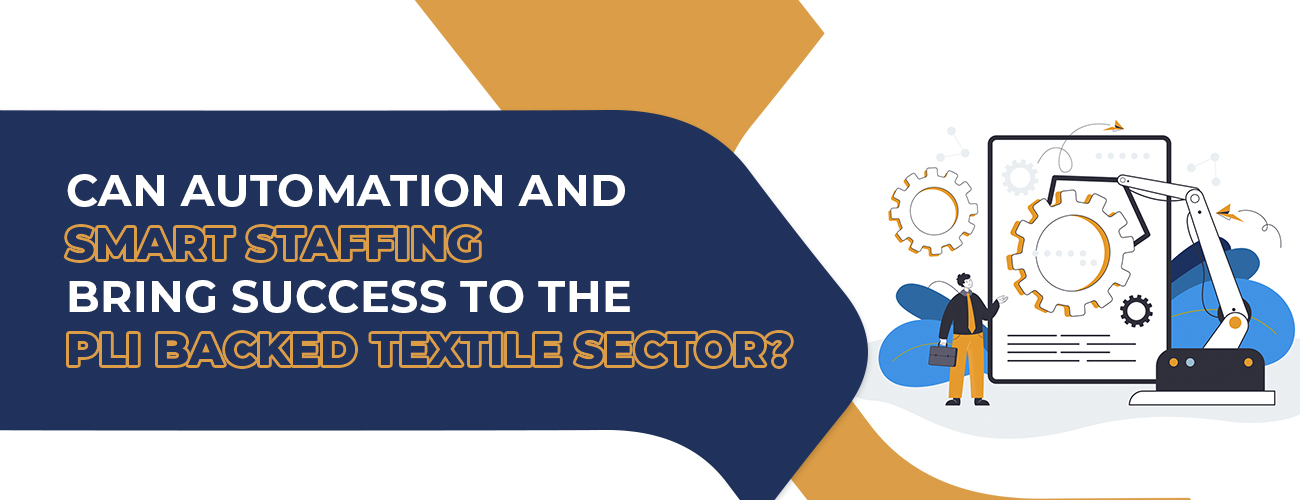Back to Office vs Work from Home: Who is Winning the Face-off?

In a recent TeamLease survey titled ‘Future-readiness of Organisations for a Hybrid World’, 76.78% of organisations want to offer employees the option of a preferred work model. But at the same time, 40% of organisations find employee performance management a challenge in the virtual work model. The employer’s apotheosis is on having the workforce return back to office as the productivity and connection happens better only when the employees are working from the office. This has made the HR process highly important. The staffing solutions, the digital solutions and smart hiring has become critical.
There is a lot of wrangling which has been doing rounds over this new colloquy. There are two sides of the story and multifold options, concerns and uncertainties to analyse. Questions on productivity and workplace culture, makes ‘back to office’ a trend as well as now a need.
Concerns of coming back to office
- During the pandemic, the workforce moulded itself to work from home and work remotely. Now after over 18 months, to shift gears back to travel to the office has not been very comfortable for many. They do not seem to like wasting their time commuting when work can be done remotely.
- Many moved to their hometowns, villages or other cities, hence, working from office now requires them to leave all their set up again and move to the city of work, changing their current location. This rejig is a concern of time, money and energy, overall again.
- Moving to a locality/city of work for working from the office, needs the employees trying to adjust a lot. If they were away from family, they would be needing help with daily work such as cooking, cleaning and maintenance of their home.
- A working woman might again be dependent and face challenges with child care/ elderly care/ household responsibilities.
- There could also be a lack of balance at the businesses where some teams might privilege permanent work from home such as IT, while the others might not have an option. There might be a disparity.
- Losing an opportunity of better salary or a higher position may also be possible as the employee might go to a company offering them work from home options or hybrid options. This usually could contribute to attrition rates.
Why back to office is critical
A ‘double burden syndrome’ is taking place and increasing stress, and employees working from homes are juggling between their personal and professional roles at the cost of their health. After the Great Resignation, companies have come up with initiatives and policies that can attract the employees and retain them. The investment done by the businesses is one of the reasons why back to office is critical.
On the other hand, there is a U turn of employees coming back to their previous employer. This is because there are lack of facilities at home, not proper working conditions, lack of stable opportunities, virtual onboarding during Covid, pending loan repayments, no connectivity with colleagues, unknown faces while remote working, and lack of socialisation. These factors are making the employees return, making ‘back to office’ even more critical.
The lack of personal space, concerns differentiating lines of work and home chores and responsibilities with focus on mental health, is essential which is again adding an important factor on why back to office is currently critical. Work-life balance has gone off the grid. The thin line of difference especially between work and life has vanished. Those struggling are mainly from the Tier 1 and metro cities.
Current scenario
Some large companies that were adamant initially saying they didn’t see remote working as a permanent company strategy, but most of those companies today are making a reverse on their earlier statements. Similarly, many large firms are encouraging flexible working policies. In this situation employees are encouraged to hold a collaborative, ‘in-person team meet’ twice or thrice a week, in the office for discussions and choose the rest of the days to work from home or remotely.
While work from home and hybrid working options have been a great solution during 2020 and 2021, employers and employees are looking forward to back to office models and are planning on similar lines. With the situation under control and mass vaccination drives led by organisations – the offices are getting ready to breathe afresh.
Firms are opening their offices completely or gradually asking their employees to return while complying with the Covid-19 norms. After 18 months of ‘work from home’, employees’ return is gaining momentum across tech firms in India. Ever since the country went into lockdown, offices remain closed, and the luxury of working from home has become the new norm.
Initiatives by employers
- Employer’s initiatives have dealt with several concerns of its workforce, by being open to flexible working hours, allowing working in smaller teams instead of assigning individual tasks, giving time for task completions instead of last minute deadlines.
- Hybrid work sets out to be a game-changer to allow employees to break the monotonous routine, do away with frustrations and challenges that one might be facing during work from home and yet function back from the comfort of home, on alternative days.
- Companies placing emphasis on mental health in their return to office initiatives and cultivating an inclusive and flexible workplace will have a positive influence on the overall growth story.
- Skilling, upskilling and reskilling programs have added value for returning employees and also attracting employees to work from the office.
- Usage of digital solutions put up by the company have helped employees get maximum benefits such as virtual onboarding, online daily punch in and out, request for leave, reimbursements and safety and security features. These software solutions and hr solutions have been helping employees in case of remote working or hybrid options.
- Monthly awards, quarterly bonus, salary increment, team outing, team lunches and fun meetings are few of the perks that attract the employees to come back to office for work.
Silver lining in the work from home and back to office battle
While work from the office is the talk of the town, however, future-readiness of organisations for a hybrid world is largely in focus. From a recent survey by TeamLease where 17 sectors participated, 76.78% want to offer employees the option of a preferred work model in their future work plan, 5.05% intend to stay a virtual-only organisation, but a good 21.42% didn’t see or don’t see any change in their workspace status quo. But at the same time, 43.46% of HR leaders surveyed said their employees want to return to work. 100% work from home can never become a reality however, the tug of war between work from home and work from office will continue for a while. A hybrid work model seems to be the win-win behind this ongoing battle.
Also read: 13 Reasons Why: New E-commerce Rules Haunt Businesses
Latest Blogs
New Labour Code: A Workforce Wake-Up Call for India
For years, India’s labour ecosystem resembled a dusty filing closet, layered, confusing and waiting for someone brave enough to open it. The arrival of the...
Read More4 New Labour Codes: How Workers and Employers Benefit
Reforms shape the future only when they simplify the present. India’s new Labour Codes stand out as one of the most meaningful updates to the...
Read MoreEmployer of Record (EOR) Services: Hire in India
According to the International Monetary Fund (IMF), India remains the only major economy projected to grow above 6% in FY 2025, with a forecasted GDP...
Read MoreRPO vs Contract Staffing: Choosing the Right Talent Model
The Talent Dilemma: Balancing Long-Term and Short-Term Hiring Needs Priya, the HR Head of a fast-scaling Indian startup, faced a familiar challenge. Her company was...
Read MoreWhat Are the 3 New EPFO Withdrawal Rules? Explained Clearly
Social security isn’t about saving for retirement; it’s about staying secure through every stage of work.” The Employees’ Provident Fund Organisation (EPFO) has revamped its...
Read More





